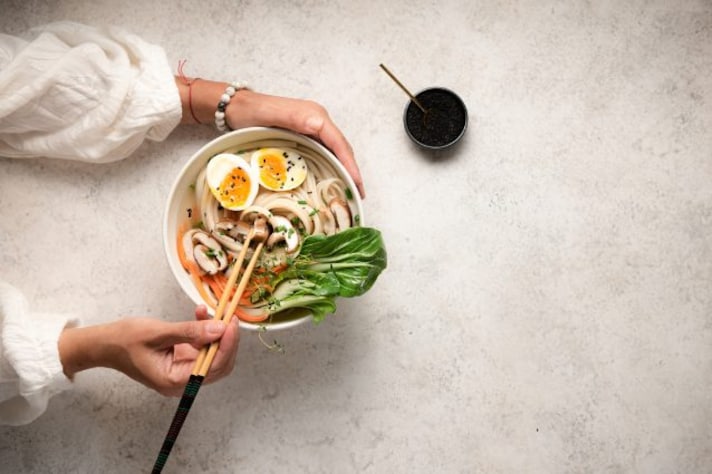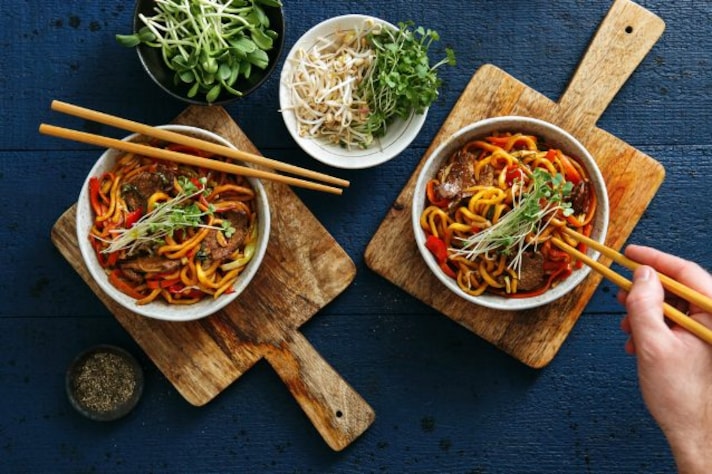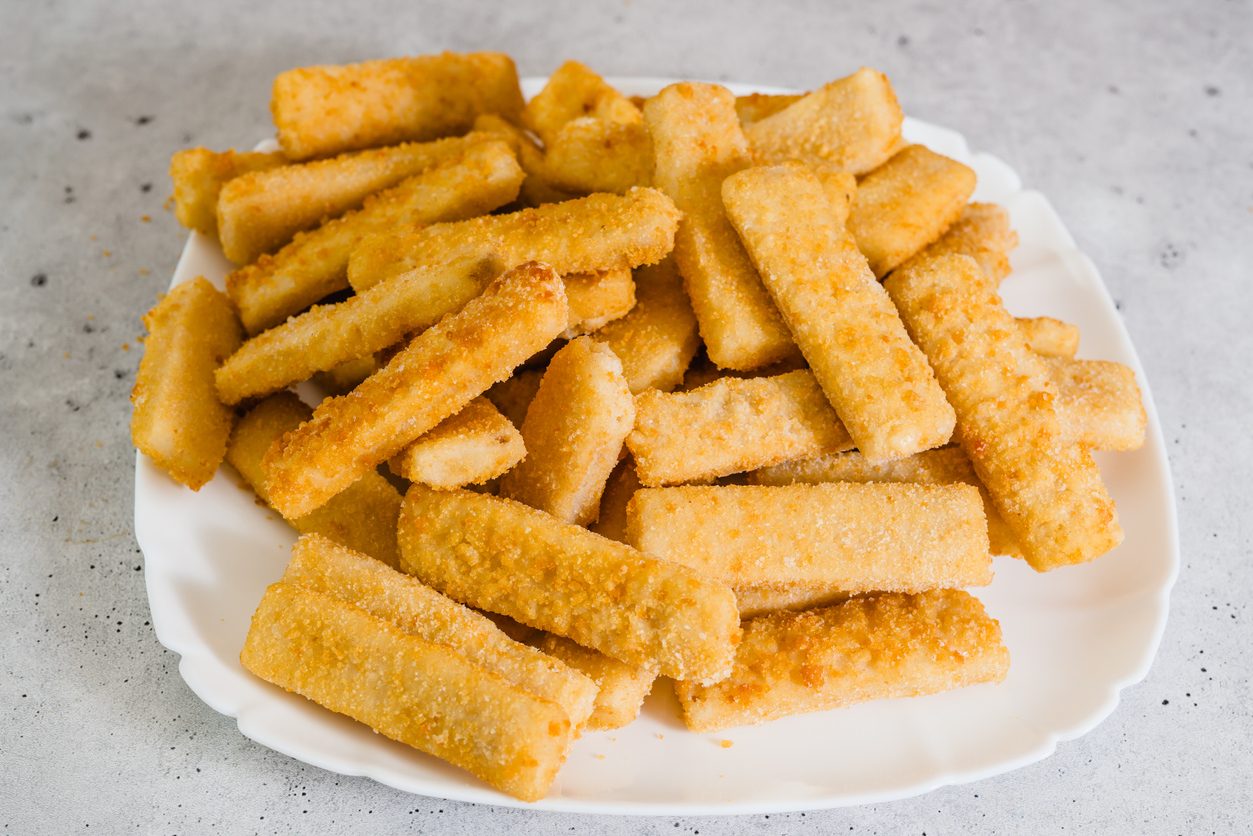Here’s Why You Should Never Use Chopsticks to Stir Your Food (Wether You’re in a Restaurant or at Home)
Chopsticks may seem like just another utensil, but using them to stir food is a major dining faux pas. Whether at a restaurant or someone’s home, stirring disrupts the dish, disrespects the chef, and—if shared—turns into a hygiene nightmare.

There’s something undeniably satisfying about the elegance of eating with chopsticks. The effortless lift of noodles, the delicate grasp of dumplings—it’s an art as much as it is a utensil choice. But if you’ve ever been tempted to stir a dish with your chopsticks, whether at a restaurant or someone’s home, here’s a word of advice: don’t. It’s more than just a minor breach of table manners—it’s a faux pas that can make you look clueless, disrespectful, or even downright rude.
The Chopstick Code
For many in the West, chopsticks are simply an alternative to forks and spoons, but in many Asian cultures, they’re steeped in etiquette. They aren’t just functional tools—they carry traditions, superstitions, and unspoken rules that go beyond their practical use. Unlike a spoon, which is designed for stirring, chopsticks are meant for picking up food, not mixing it around. Stirring with them isn’t just inefficient; it’s also seen as disruptive to the dining experience.
Why You Shouldn't Do It in Restaurants
Picture this: you’re at a restaurant, and a steaming bowl of ramen lands in front of you. Instead of enjoying the dish as it was carefully prepared, you take your chopsticks and begin swirling the broth, mixing up the ingredients like it’s a pot of stew. Bad move. Not only does this interfere with the chef’s intended balance of flavors, but it can also send a subtle message that you don’t trust their work. Many Asian dishes are meticulously arranged, with ingredients layered for taste and presentation. Stirring it up with chopsticks can be seen as an unnecessary (and unwelcome) remix of a chef’s masterpiece.

Why You Shouldn't Do It as a Guest
If you’re invited to someone’s home for a meal, stirring food with chopsticks becomes even worse. Unlike at a restaurant, where the offense might go unnoticed by the kitchen staff, here your host is watching. When you start poking and prodding at a shared dish, it can come across as disrespectful—as if you’re questioning how the food was prepared or trying to "fix" it. It also disrupts the serving order. In many cultures, dishes are meant to be taken as they are—each bite designed to be balanced and harmonious. Stirring the food not only breaks this harmony but can also make things messy, leading to an awkward silence that no amount of small talk can fix.
A Hygiene Hazard
Let’s not forget the practical side of this issue—it’s just unsanitary. If you’re dining in a shared setting and you start stirring with chopsticks that have already been in your mouth, congratulations—you’ve just introduced double-dipping in its worst form. Nobody wants a dish that’s been “seasoned” with someone else’s saliva. Even in casual dining settings, hygiene matters, and using your chopsticks as mixing tools is a fast track to making everyone at the table uncomfortable.

It’s Not Just a Small Thing
For those unfamiliar with chopstick etiquette, this might seem like an overreaction. But small table manners often carry bigger cultural significance. Just like you wouldn’t slurp soup at a formal Western dinner or use your fingers to stir coffee at a business meeting, misusing chopsticks can signal a lack of awareness or respect. Different cultures have different taboos, but in many parts of Asia, chopstick etiquette is taken seriously. Blending in isn’t about perfection—it’s about understanding the unspoken rules.
;Resize,width=767;)

;Resize,width=712;)
;Resize,width=712;)
